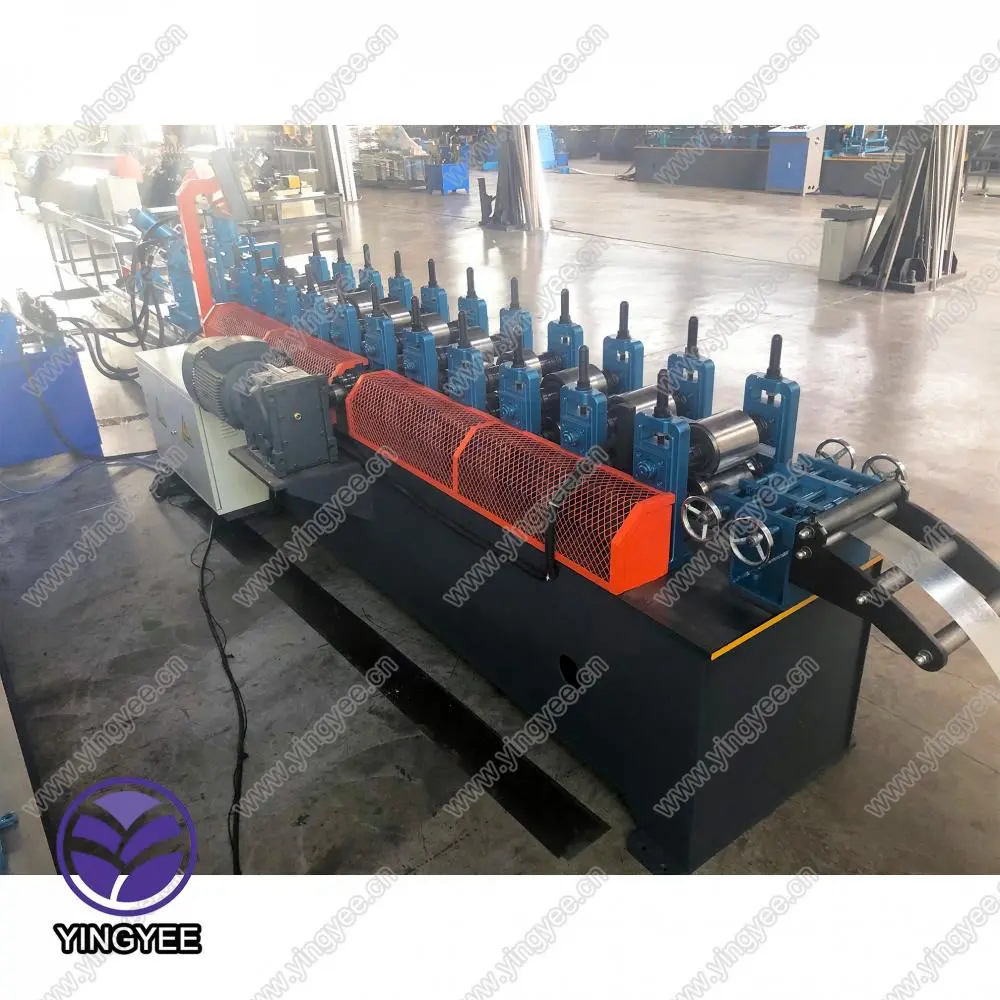
Automatic Adjustment of C Z-Purlin Sizes in Roll Forming Machines
The construction industry is continuously evolving, demanding more efficient machinery to meet the varying needs of modern building projects. One of the key components in steel structure fabrication is the C and Z-purlins, which are vital for providing structural support to roofs and walls. With the advancements in technology, roll forming machines have been introduced to streamline the production of these purlins, enhancing both productivity and accuracy. Among the various innovations in this domain, the automatic adjustment feature of C and Z-purlin sizes has emerged as a significant development.
Understanding Roll Forming Machines
Roll forming is a continuous bending operation in which a long strip of metal, usually sheet steel, is gradually shaped into a specific cross-section. This process is ideal for C and Z-purlins, as it allows for high precision and the efficient production of various sizes and shapes. Traditional roll forming machines often required manual adjustments to change the dimensions of the purlins, which was both time-consuming and prone to errors.
The Shift to Automation
The introduction of automatic adjustment systems in roll forming machines marks a significant shift in purlin production. These advanced machines are equipped with computerized controls that enable operators to input specific measurements for the desired purlin sizes. This automation reduces the likelihood of human error and increases the speed of production. As a result, manufacturers can respond more quickly to changes in project specifications or customer requirements.
Benefits of Automatic Adjustment
1. Efficiency The automatic adjustment feature significantly reduces downtime. Instead of halting production to manually modify the machine settings for different sizes, the operator can make adjustments through a user-friendly interface. This not only saves time but also improves overall productivity.
2. Precision Automatic adjustments ensure that each purlin produced meets exact specifications. The computerized control system employs sophisticated algorithms to maintain consistency across batches, which is crucial for structural integrity in construction.

3. Flexibility With the rapid pace of construction projects, the ability to switch between different sizes without extensive reconfiguration provides a competitive edge. Automatic adjustment allows manufacturers to cater to a broader range of projects, from small residential buildings to large commercial developments.
4. Reduced Labor Costs Automated systems require fewer operators to manage the machinery, allowing companies to allocate their human resources more effectively. This can lead to cost savings in labor, enabling businesses to invest more in other areas of production or innovation.
5. Enhanced Quality Control Automated systems often come with integrated monitoring tools that track the quality of the output. This capability allows for real-time adjustments and inspections, ensuring that any deviations from the desired specifications are corrected immediately.
Challenges and Future Directions
Despite the numerous advantages, the transition to automatic adjustment systems is not without challenges. Initial investment costs can be high, and operators need training to effectively use advanced machinery. Furthermore, maintenance of automated systems requires specialized knowledge, which could add additional overhead to operations.
Looking forward, the future of C and Z-purlin roll forming machines appears promising. Innovations such as artificial intelligence and machine learning could further improve the precision and efficiency of these machines. Smart systems could predict the need for adjustments based on production trends, thereby enhancing workflow and reducing waste.
Conclusion
The integration of automatic adjustment features in C and Z-purlin roll forming machines represents a significant leap forward in manufacturing technology within the construction industry. By improving efficiency, precision, and flexibility, these machines are setting new standards for purlin production. As technology continues to advance, it is likely that these systems will become even more sophisticated, paving the way for a more automated and productive future in metal fabrication.